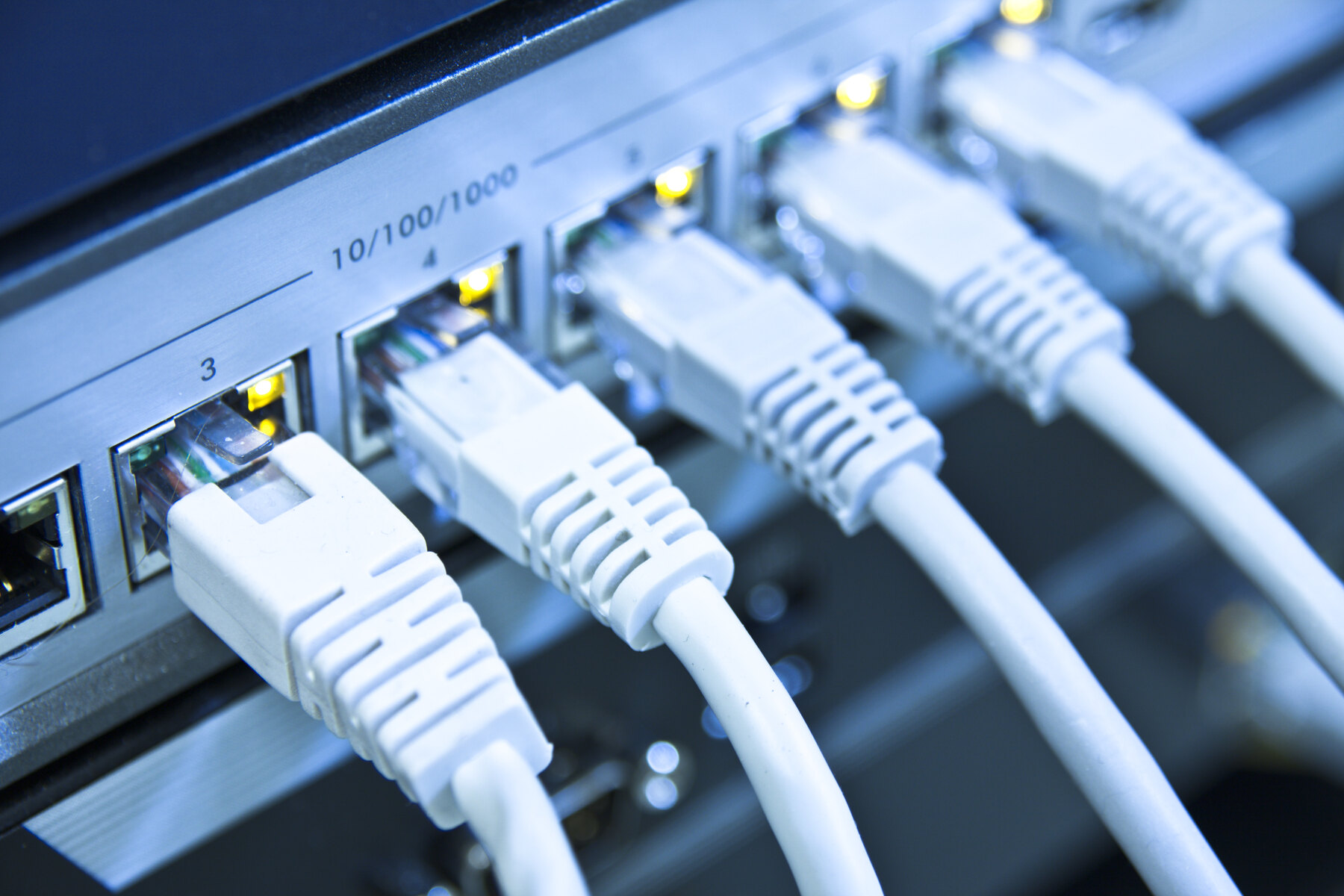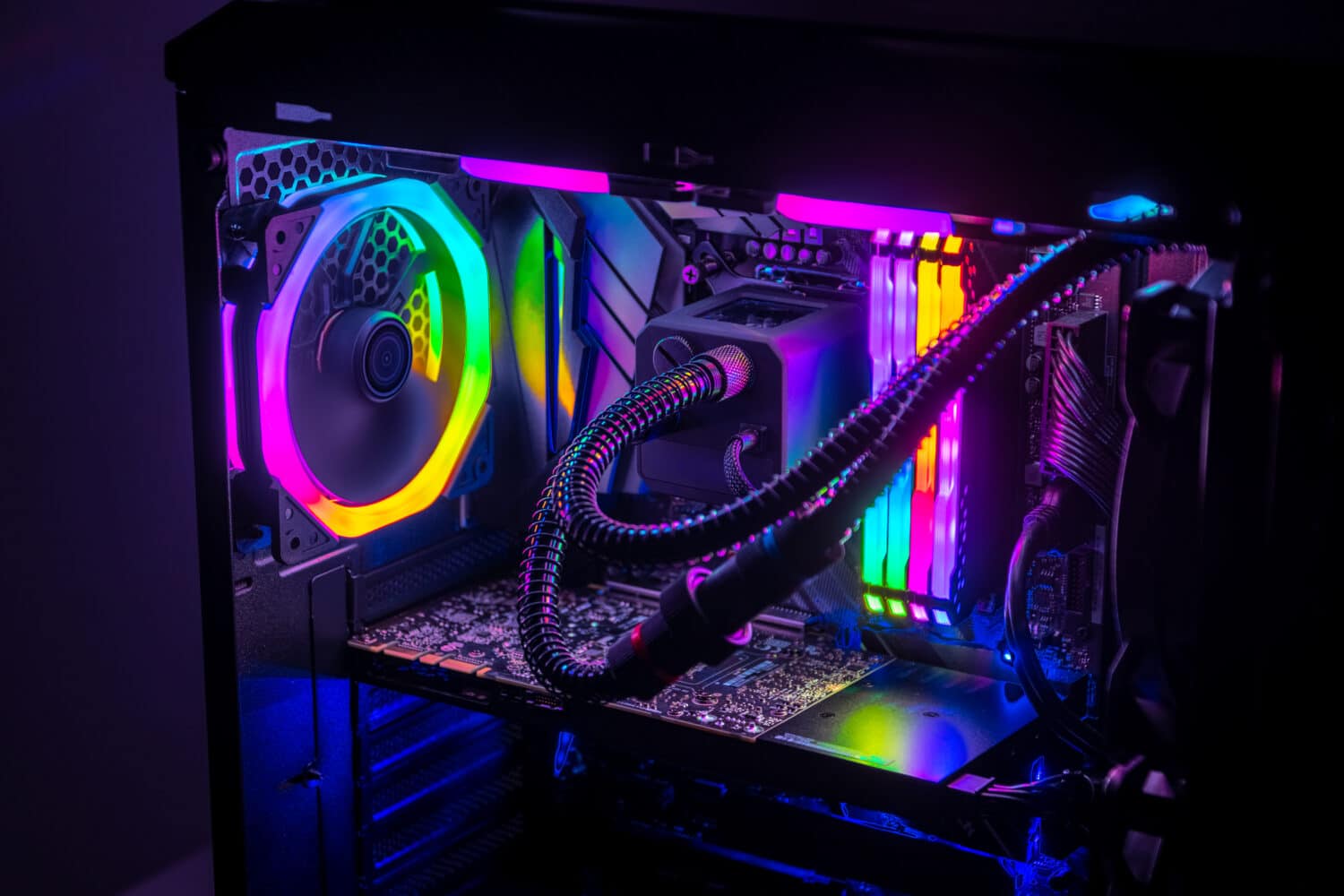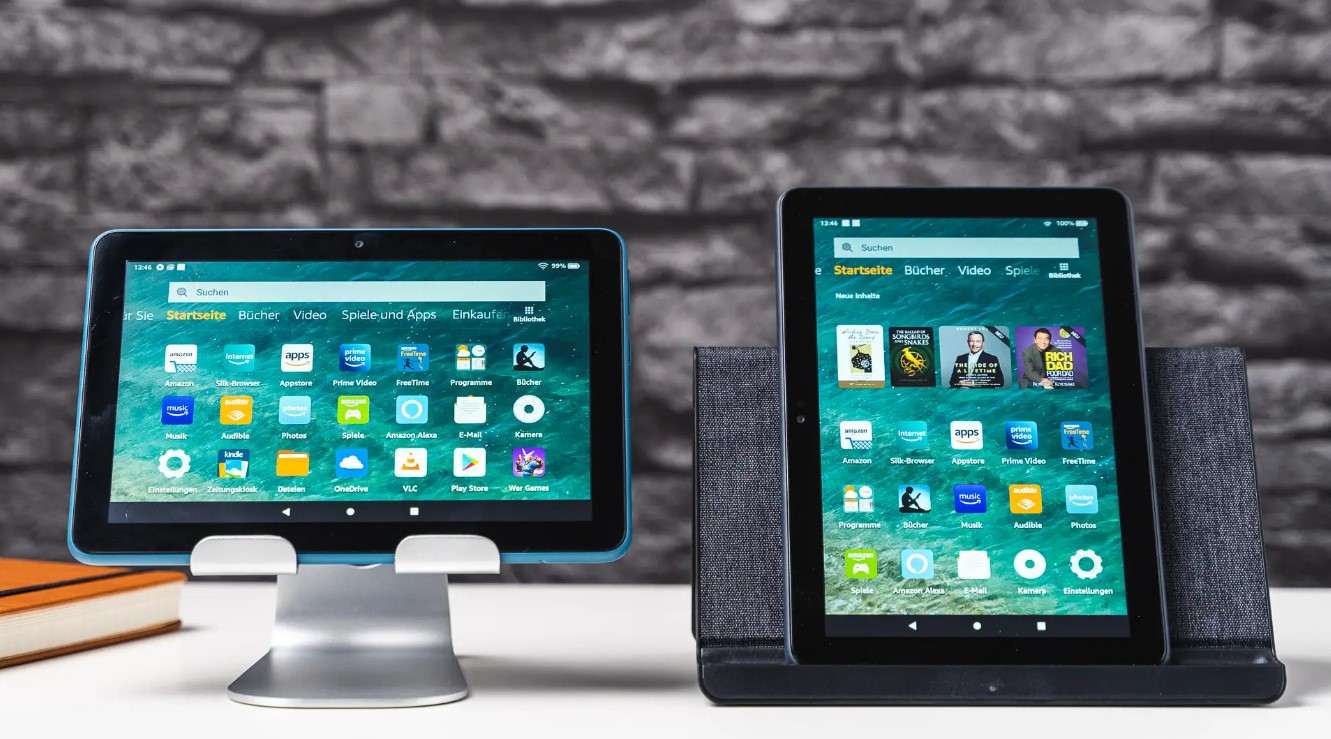Introduction
Introduction
So, you've got a network switch, and you're wondering if it really matters where you plug in your devices. The short answer is yes, it does matter. The way you connect devices to a network switch can have a significant impact on the performance and functionality of your network. In this article, we'll delve into the importance of plugging devices into the right ports on a network switch and the potential consequences of not doing so.
A network switch is a crucial component of any modern network infrastructure. It acts as a central hub, allowing various devices such as computers, printers, servers, and other networking equipment to communicate with each other. Understanding how to effectively utilize a network switch is essential for optimizing network performance and ensuring seamless connectivity.
In the following sections, we'll explore the intricacies of network switches, the significance of plugging devices into the correct ports, and the best practices for doing so. By the end of this article, you'll have a comprehensive understanding of why it matters where you plug your devices into a network switch and how to do it the right way to maintain a robust and efficient network. Let's dive in!
Understanding Network Switches
Understanding Network Switches
Before delving into the significance of plugging devices into the right ports on a network switch, it’s essential to grasp the fundamental role of network switches in a typical network setup. A network switch is a networking device that operates at the data link layer of the OSI model, facilitating the transfer of data between devices within a local area network (LAN).
Unlike hubs, which broadcast data to all connected devices, a switch intelligently directs data only to the specific device intended to receive it. This efficient data transmission method reduces network congestion and enhances overall network performance. Additionally, switches enable simultaneous communication between multiple devices by creating dedicated pathways for data transfer.
Modern network switches come in various configurations, including unmanaged switches for basic connectivity and managed switches offering advanced features such as VLAN support, Quality of Service (QoS) capabilities, and port mirroring for network monitoring. Understanding the capabilities of your network switch is crucial for optimizing network performance and security.
Furthermore, network switches feature different types of ports, such as Gigabit Ethernet, Fast Ethernet, and Power over Ethernet (PoE) ports, each serving specific connectivity needs. PoE ports, for instance, can power devices such as IP cameras, wireless access points, and VoIP phones directly from the switch, eliminating the need for separate power sources.
By comprehending the functionality and capabilities of network switches, network administrators and users can effectively harness the power of these devices to create robust, efficient, and secure networks. In the next section, we’ll explore how the proper placement of devices on a network switch can optimize network performance and functionality.
Importance of Plugging Devices in the Right Ports
Importance of Plugging Devices in the Right Ports
Plugging devices into the correct ports on a network switch is more than just a matter of convenience; it directly impacts the performance, security, and overall functionality of the network. Each port on a network switch has a specific purpose and function, and understanding these distinctions is crucial for optimizing network operations.
First and foremost, the proper placement of devices on a network switch can significantly affect network speed and bandwidth utilization. For instance, connecting high-bandwidth devices, such as servers or network-attached storage (NAS) systems, to Gigabit Ethernet ports ensures that these devices can communicate at maximum speeds, preventing potential bottlenecks in data transfer.
Furthermore, segregating devices based on their networking requirements is essential for maintaining network security and efficiency. By utilizing VLAN-capable ports on a managed switch, network administrators can isolate different segments of the network, enhancing security by preventing unauthorized access to sensitive data and applications.
Another critical aspect of plugging devices into the right ports is ensuring the availability of Power over Ethernet (PoE) where necessary. PoE ports on a switch enable the seamless integration of devices that require power, such as IP cameras, wireless access points, and VoIP phones, without the need for separate power sources.
Moreover, the correct placement of devices on a network switch can streamline network management and troubleshooting processes. By organizing devices based on their functions and connectivity requirements, network administrators can efficiently monitor and manage network traffic, identify and resolve connectivity issues, and optimize network performance.
In essence, the importance of plugging devices into the right ports on a network switch cannot be overstated. It directly influences network speed, security, power availability, and management efficiency. In the subsequent section, we’ll delve into the potential consequences of incorrectly plugged devices and the impact on network operations.
Impact of Incorrectly Plugged Devices
When devices are incorrectly plugged into a network switch, the repercussions can manifest in various ways, affecting network performance, security, and overall functionality. One common consequence of improper device placement is network congestion, which occurs when high-bandwidth devices share the same switch port as lower-priority devices. This can lead to data bottlenecks, latency issues, and diminished network speeds, hampering overall productivity and user experience.
Furthermore, incorrect placement of devices can compromise network security. For instance, connecting unauthorized devices to open ports on a network switch can introduce security vulnerabilities, potentially leading to unauthorized access, data breaches, and network intrusions. Additionally, when critical devices are not segregated into dedicated VLANs or isolated network segments, the risk of unauthorized access to sensitive data and resources increases, posing a significant security threat.
Another adverse impact of incorrectly plugged devices is the inefficient utilization of Power over Ethernet (PoE) resources. If devices that require PoE, such as IP cameras or wireless access points, are connected to non-PoE ports, separate power sources must be allocated, leading to increased complexity and potential points of failure in the network infrastructure.
Moreover, improperly plugged devices can impede network management and troubleshooting efforts. When devices are scattered across random ports without a clear organizational structure, identifying and resolving connectivity issues becomes challenging. This can result in prolonged downtime, increased maintenance costs, and a strain on network administration resources.
Overall, the impact of incorrectly plugged devices on a network switch can be far-reaching, affecting network performance, security, power efficiency, and management capabilities. In the subsequent section, we’ll explore best practices for plugging devices into a network switch to mitigate these potential issues and optimize network operations.
Best Practices for Plugging Devices on a Network Switch
Adhering to best practices when plugging devices into a network switch is essential for optimizing network performance, security, and efficiency. By following these guidelines, network administrators and users can ensure that the network operates at its full potential while minimizing potential issues and vulnerabilities.
- Port Segregation: When connecting devices to a network switch, it’s crucial to segregate high-bandwidth devices, such as servers and storage systems, onto Gigabit Ethernet ports to maximize data transfer speeds and prevent congestion. Lower-priority devices can be connected to Fast Ethernet ports, ensuring efficient utilization of network resources.
- VLAN Implementation: Leveraging VLAN-capable ports on managed switches allows for the isolation of different segments of the network, enhancing security and minimizing unauthorized access to sensitive data and applications. Implementing VLANs based on device types or user groups can bolster network security and streamline resource management.
- Power over Ethernet (PoE) Allocation: When integrating devices that require PoE, such as IP cameras and wireless access points, it’s imperative to connect them to PoE-enabled ports to streamline power distribution and eliminate the need for separate power sources. This simplifies network infrastructure and reduces potential points of failure.
- Organized Labeling: Clearly labeling switch ports based on device connections and functions can facilitate efficient network management and troubleshooting. By maintaining a comprehensive port labeling system, network administrators can swiftly identify and address connectivity issues, minimizing downtime and operational disruptions.
- Regular Auditing and Optimization: Conducting periodic audits of device placements on the network switch and optimizing port configurations based on evolving network requirements is essential for maintaining peak network performance. Regular assessments allow for the reallocation of resources, identification of potential bottlenecks, and proactive mitigation of network issues.
By embracing these best practices, network stakeholders can harness the full potential of their network switch infrastructure, fostering a secure, efficient, and resilient networking environment. In the subsequent section, we’ll summarize the key insights and recommendations discussed in this article, providing a comprehensive overview of the importance of proper device placement on a network switch.
Conclusion
Understanding the significance of plugging devices into the right ports on a network switch is paramount for optimizing network performance, security, and efficiency. By adhering to best practices and considering the implications of incorrectly placed devices, network stakeholders can create a robust and resilient networking environment.
From the fundamental role of network switches in facilitating data transfer to the impact of improper device placement on network operations, this article has shed light on the intricacies of network switch utilization. Recognizing the importance of port segregation, VLAN implementation, Power over Ethernet allocation, organized labeling, and regular auditing and optimization is essential for maintaining a high-performing network infrastructure.
By following best practices for plugging devices into a network switch, such as segregating devices based on their networking requirements, implementing VLANs for enhanced security, and optimizing Power over Ethernet allocation, network administrators and users can mitigate potential issues and vulnerabilities while maximizing network capabilities.
In essence, the proper placement of devices on a network switch is not merely a matter of convenience; it is a strategic decision that directly impacts network speed, security, power efficiency, and management capabilities. By embracing these best practices, network stakeholders can harness the full potential of their network switch infrastructure, fostering a secure, efficient, and resilient networking environment.
As technology continues to evolve, the role of network switches in facilitating seamless connectivity and data transfer will remain integral to modern networking environments. By staying informed about best practices and evolving network requirements, network stakeholders can adapt their network switch configurations to meet the demands of an ever-changing digital landscape.

























